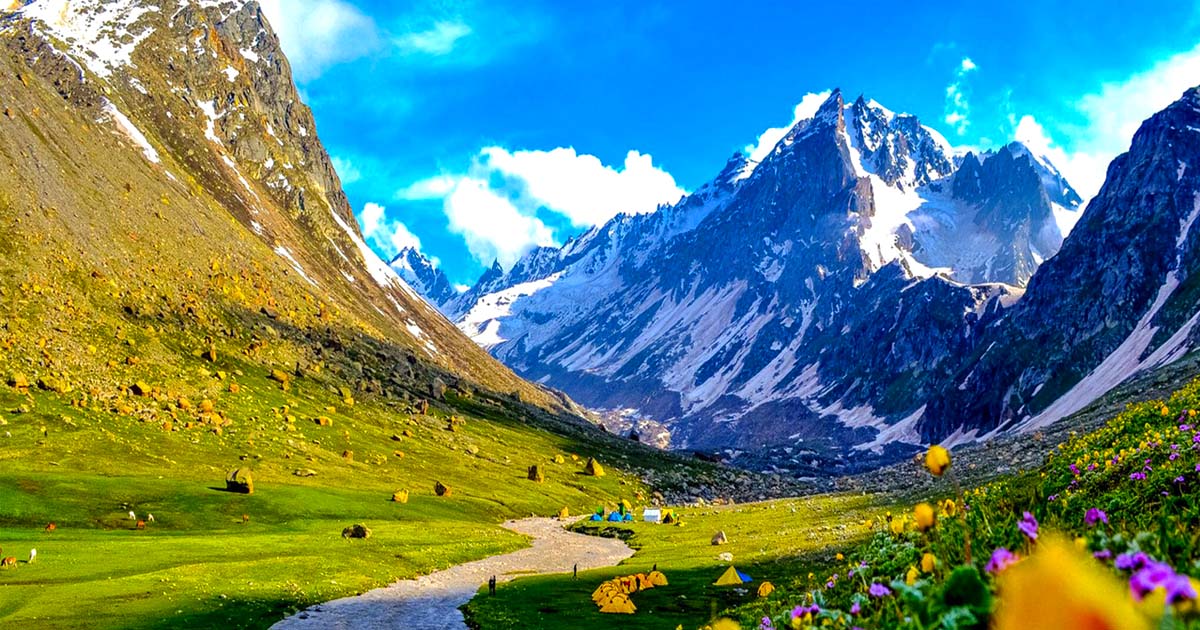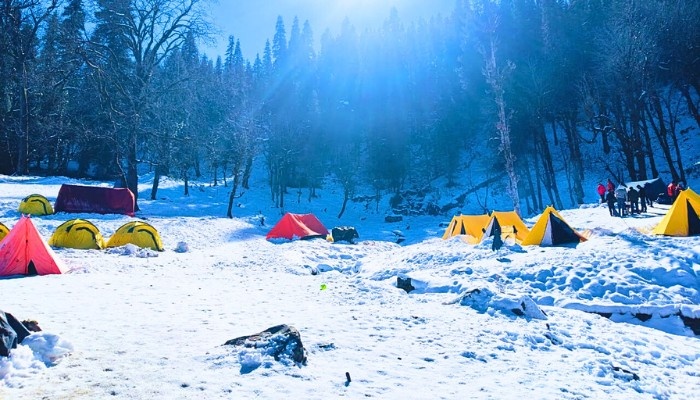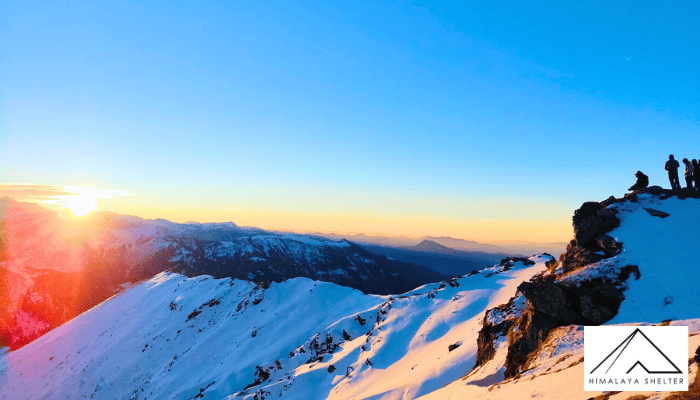
A Perfect Trekker Guide For a Memorable Trek :
Trekking, a miraculous getaway into the heart of nature. People often question themselves is there any point in trekking? yes, there is! We experience the true essence of Mother Nature while trekking. Trekking is not just a leisurely picnic escape; it challenges our patience, endurance, stamina, and every other human quality. Trekking is a natural rehabilitation, when used wisely it definitely would be a life-altering phase of their life. But trekking comes with its own risks and dangers, this article is a pre-emptive measure or precaution guide to make your trek memorable and perfect.
These are the main highlights one would need to follow to have a wonderful memory during their trek.
1) Choosing the right trail, to start your journey with:
The first and foremost step one should take is to asses themselves of their physical standards. One would often blunder themselves into choosing a high altitude or high endurance trek from the very start. This would not be an ideal decision to take for a novice trekker as the mountains are impressively volatile. They have rapid weather changes, steep ascents, steep descents, long hiking trails, and many more challenges. One should not get intimidated due to these aspects as there is a proper frame of trekking, which starts from a beginner-friendly trek to make your self-prepared for higher altitudes.
Choosing short treks to start is crucial.
Example: The Nag Tibba trek in Uttarakhand is a perfect novice trek. it has an itinerary of 2-day trek with an altitude of 9,915ft
2) Isolating the perfect trek to embark on:
There are various trails amidst different mountain ranges among the Himalayan treks, leh treks, Ladakh treks, Himachal treks, and many more trekking trails. one should particularly be cautions of the trekking destination they choose of. The reason for this is simple, there are various factors in play at different mountain ranges, different weather conditions, different terrain etc.
Example: Har ki dun Trek in the lower Himalayan ranges, is an ideal trek for beginners as it paints the image of a moderate trekking experience and sets the perfect precedent of what one should expect of upcoming trek.
3) Assess your priorities and set reasonable goals:
One should determine all the benefits they would reap from the trek prior to the trek. there are multiple advantages to embarking on a trekking journey.
There are off-beat treks such as the Sar Pass trek in Himachal Pradesh. Kedarkantha trek in Uttarakhand starting from Sankri which provides the trekkers with ecstatic self-satisfaction as they push to the summit on the final day.
Then there are treks like the Kashmir Great Lakes trek, which test the endurance and sustainability of trekkers.

So before embarking on a trek, one should question themselves. What do I aim to achieve in this trek? test my endurance? test my courage to withstand the towering altitude of peaks? or one could simply trek the mountains just to get the stunning panoramic views and embrace the natural ambiance of the trek which we call as good old off beat style.
Now after choosing ideal trekking choice. let’s move on to the next part of our guide.
- 1) Physical readiness
- 2) Acclimatization
- 3) Backpacking
- 4) Trekking etiquette
- 5) Rookie mistakes
1) Physical readiness:
Imagine you are preparing for an exam. You would start the preparation at least a couple of months before, right? Trekking exactly the same and even more serious than an exam. Preparation for a trek should be commenced at least a couple of weeks prior to the trek so that the trekking journey would go smoothly.
Running or speed walking (To improve your endurance and stamina)
Nutrition plays a major role in this process, good nutrition would boost muscle repair process
Hydration is the most important of the pack as it helps us to maintain the electrolyte level in our body and would help us battle deadly HAPE (High altitude pulmonary edema) HACE (High altitude cerebral edema)
Yoga and breathing exercise would be a massive boost to your lung capacity ensuring you wouldn’t run out of gas too often when trekking
2) Acclimatization:
Acclimatization is a process where our body produces more Red Blood Cells. This is a terribly underestimated process.
one would frequently overlook. To put it clearly humans, need oxygen to survive. When one ascends to higher altitude, there would be a frequent drop of oxygen saturation in the atmosphere. when you move from a point of high oxygen saturation to lower ones the sudden drop of oxygen affects the oxygen saturation level in trekkers blood stream which could be avoided with proper acclimatization.
Each time we camp at higher altitudes (also known as acclimatization) our body produces more RBC, which would help us breath more efficiently when we ascend to higher altitude.
3) Back-packing:
Backpacking is an underestimated process too. One should keep in mind to pack their back pack lightly so that they wont strain themselves when trekking. Backpack should contain minimal clothing, thermals (to fight extreme cold), basic first aid along with any necessary medicines. One should carry good number of snacks to maintain their energy, good amount of fluid to hydrate themselves and to avoid loss of electrolytes. Other main things to be a part of your checklist are raincoat, sunscreen, UV protected googles to avoid snow blindness.
4) Trail etiquette
This is not mandatory but a responsibility of every trekker as nature is the closest ancestor in this universe. Protecting it would be our duty. When trekkers litter the trail with plastic, it would be next to impossible to be able to decompose or clear all the trash along the trail. We need to respect the offerings of nature.
5) Rookie mistakes
- Overpacking
- Ignoring weather conditions
- Ignoring hydration
- Skipping acclimatization
- Ignoring foot-care
- Overpacking would be your Achillies heel as it would weigh down your potential and reduce both your endurance and stamina not to mention there is no point in packing things more that are not required
- Ignoring weather conditions could be disastrous even at smaller treks. Mountains have their own weather and staying up to date to the weather windows would avoid catastrophes which could cost you your life.
- Imagine you are 7 kilometers away from your camp and you are stuck in a heavy snowfall, there would be a complete whiteout! You would not even see a meter ahead of you. This raises the chances of you getting lost along the trail with no proper shelter or equipment to camp and you would see nothing except white fog all around you.
- Even the vehicles need fuel to run! You neglecting hydration would push you into a spiral of negative incidents if the weather and other conditions don’t go your way. Hydration is the strongest arrow in your quiver! It helps you to fight any rapid changes on mountains efficiently
- As mentioned above acclimatization is a natural body response to make you ready for higher altitudes, skip this and you would find yourself in a situation you don’t want to see yourself in
- Trekkers frequently experience forming of blisters on their foot due to all the walking they do when on the trek. these often turn out to be painful if left unchecked. To avoid this, trekkers need to invest in proper quality socks which would absorb moisture and keep your feet sanitized and warm.
Conclusion:
As much as the precaution list seems intimidating, trekking would be one of the perfect memory and catalyst for both spiritual and mental growth. Mountains are the majestic beasts of nature which have their own environment. If done right, trekking would be a life-changing experience for you.
About Author
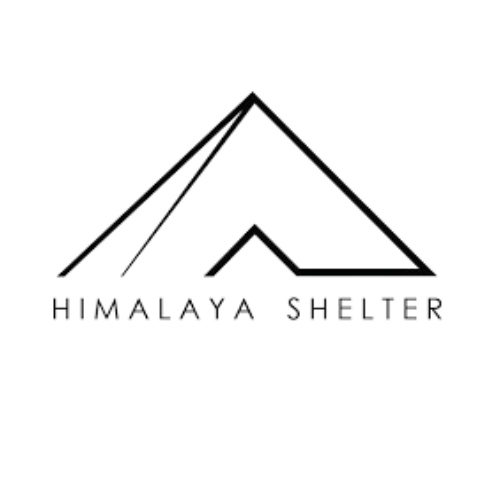
Himalaya Shelter
Recent news
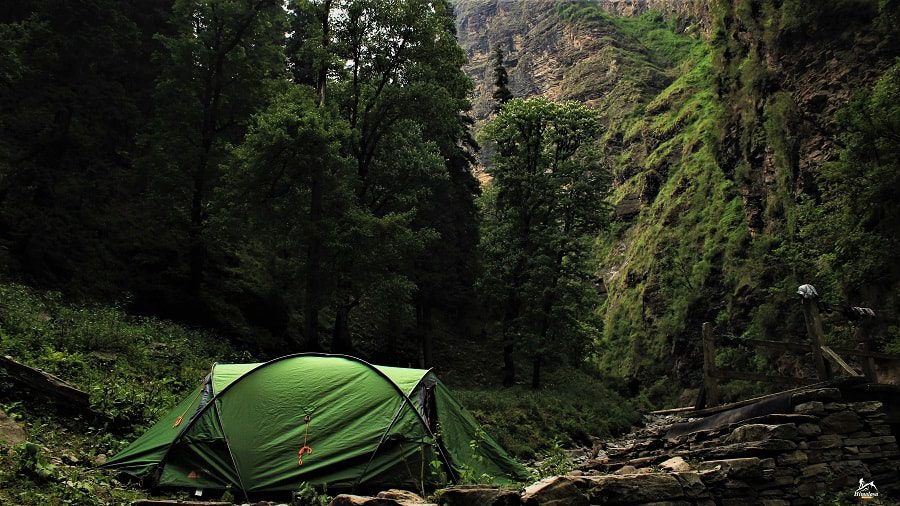
18 Dec 2025

16 Dec 2025

10 Dec 2025
Recommended Treks
